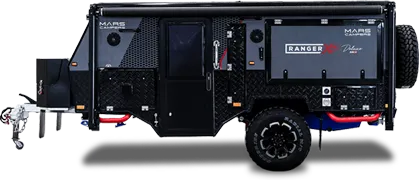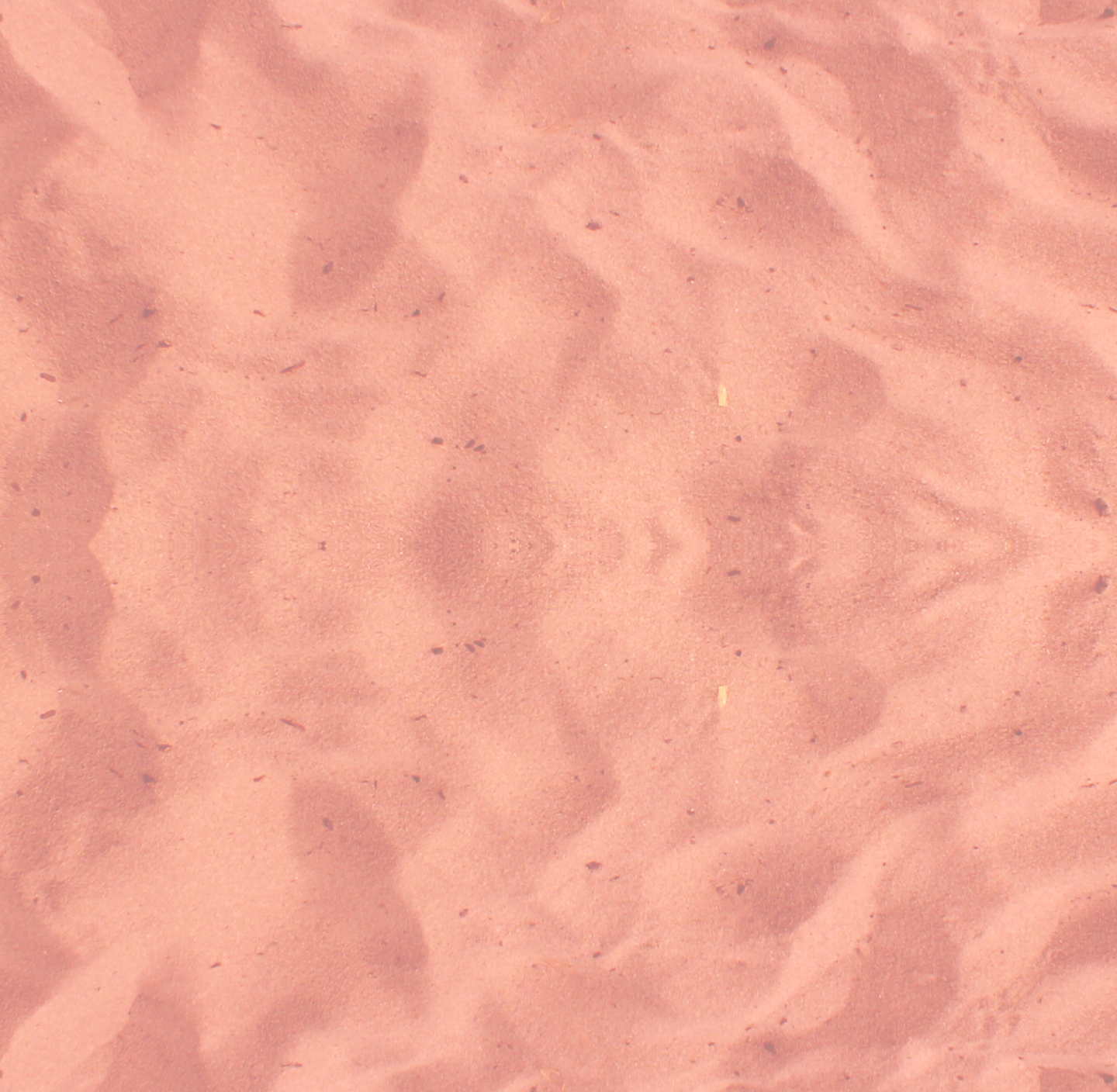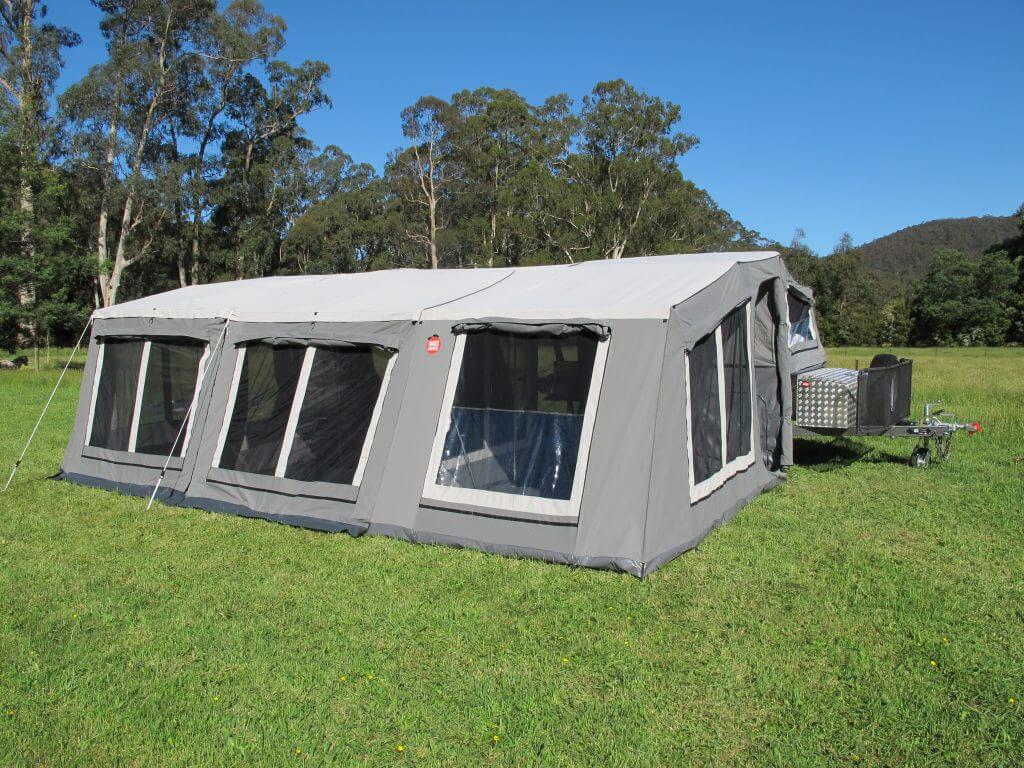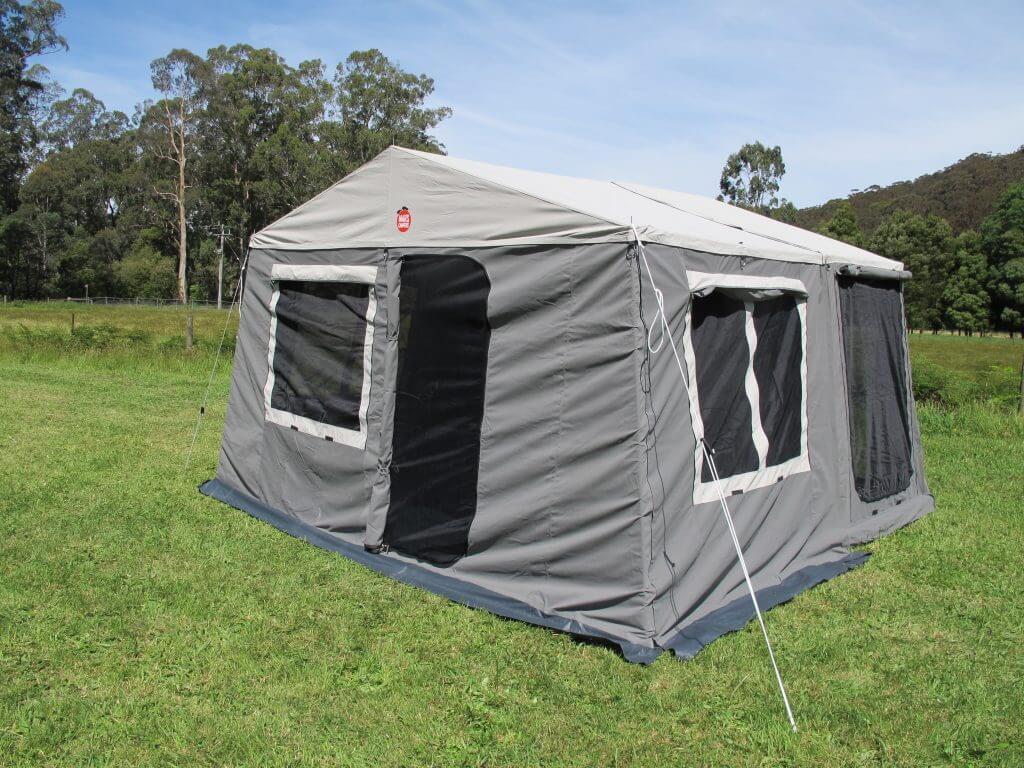- Our Range
- New Arrivals
- Popular Models
- Hybrid Caravans
- Hard Top Caravans
- On-Road Caravans
- Low Profile Caravans
- Camper Trailers
-
For Couples
-
For Families
- Optional Extras
New Arrivals
2 Berth
Mars 22
22 ft. Off Road Couple Caravan
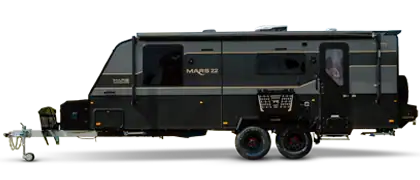
From $332/per week ($88,990)
NEW5 Berth
Mars 15 Elite Triple Bunk - HR
15 ft. Off Road Family Hard Top Caravan
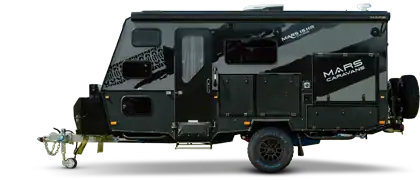
From $269/per week ($71,990)
NEWNEW2 Berth
Mars 11S
11 ft. Off Road Couples Caravan
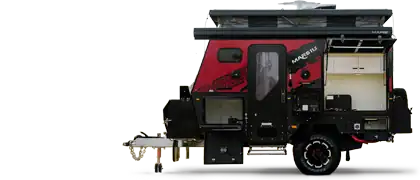
From $184/per week ($48,990)
4 Berth
Mars 17 HR
17 ft. Family On Road Hard Top Caravan

From $206/per week ($54,990)
NEWPopular Models
4 Berth
Mars 15 Elite MK II
15 ft. Off-Road Family Pop Top Hybrid Caravan

From $232/per week ($61,990)
POPULAR2 Berth
Mars 15 Premium MK II
15 ft. Off-Road Couples Pop Top Hybrid Caravan
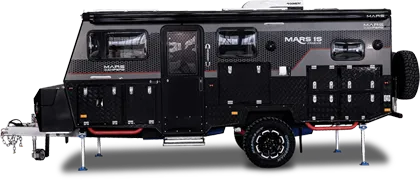
From $232/per week ($61,990)
POPULAR5 Berth
Mars 15 Elite Triple Bunk
15 ft. Off-Road Family Pop Top Hybrid Caravan

From $245/per week ($65,990)
POPULAR2 Berth
Mars Premium S
15 ft. Off-Road Couples Pop Top Hybrid Caravan

From $235/per week ($62,990)
POPULARHybrid Pop Top Caravans
4 Berth
Mars 15 Elite MK II - LD
15 ft. Low Profile Pop Top Hybrid Caravan for Families
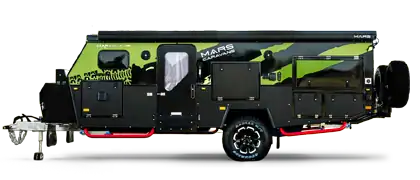
From $232/per week ($61,990)
2 Berth
Mars 15X Twin Bed
15 ft. Luxury Twin Bed Off Road Singles Caravan

From $254/per week ($67,990)
2 Berth
Mars 15 Premium S
15 ft. Island Bed Off Road Caravan

From $235/per week ($62,990)
2 Berth
Mars 15X Platinum
15 ft. Pop Top Hybrid Caravan for Couples

From $243/per week ($64,990)
5 Berth
Mars 15 Elite Triple Bunk
15 ft. Off Road Family Pop Top Hybrid Caravan

From $245/per week ($65,990)
POPULAR4 Berth
Mars 15 Elite MK II
15 ft. Family Pop Top Hybrid Caravan

From $232/per week ($61,990)
POPULAR2 Berth
Mars 15 Premium MK II
15 ft. Couples Pop Top Hybrid Caravan

From $232/per week ($61,990)
POPULAROff-road Hard Top Caravans
2 Berth
Mars 22
22 ft. Off Road Couple Caravan

From $332/per week ($88,990)
NEW5 Berth
Mars 15 Elite Triple Bunk - Hard Top
15 ft. Off Road Family Hard Top Caravan

From $269/per week ($71,990)
NEW4 Berth
Mars 15 Elite HR
15 ft. Family Off Road Hard Top Caravan

From $258/per week ($68,990)
2 Berth
Mars 15 Premium HR
15 ft. Couples Off Road Hard Top Caravan

From $258/per week ($68,990)
Full Size On Road Caravans
NEWLow Profile Hybrid Caravans
4 Berth
Mars 15 Elite MK II - LD
15 ft. Low Profile Pop Top Hybrid Caravan for Families

From $232/per week ($61,990)
2 Berth
Mars 13X MK II - LD
13 ft. Low Profile Pop Top Hybrid Caravan for Couples

From $210/per week ($55,990)
4 Berth
Mars 15 Premium MK II - LD
15 ft. Low Profile Family Pop Top Hybrid Caravan

From $232/per week ($61,990)
4 Berth
Ranger X Family MK II
Low Profile Hybrid Family Caravan
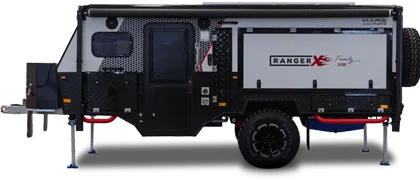
From $206/per week ($54,990)
Caravans for Couples
2 Berth
Mars 22
22 ft. Off Road Couple Hard Top Caravan

From $332/per week ($88,990)
NEWNEW2 Berth
Mars 11S
11 ft. Off Road Couples Caravan

From $184/per week ($48,990)
2 Berth
Mars 15X Twin Bed
15 ft. Luxury Twin Bed Off Road Caravan

From $254/per week ($67,990)
2 Berth
Mars 15 Premium HR
15 ft. Couples Off Road Hard Top Caravan

From $258/per week ($68,990)
Caravans For Families
5 Berth
Mars 15 Elite Triple Bunk - Hard Top
15 ft. Off Road Family Hard Top Caravan

From $269/per week ($71,990)
NEW5 Berth
Mars 15 Elite Triple Bunk
15 ft. Off Road Family Pop Top Hybrid Caravan

From $245/per week ($65,990)
POPULAR4 Berth
Mars 15 Elite HR
15 ft. Family Off Road Hard Top Caravan

From $258/per week ($65,990)
4 Berth
Mars 15 Elite MK II - LD
15 ft. Low Profile Pop Top Hybrid Caravan for Families

From $232/per week ($61,990)
Optional Extras
Your journey is unique — and your camper should be too. All of our caravans are fully customisable to suit your lifestyle, with no added fees. From layout tweaks to personalised touches, we give you the freedom to design a van that feels truly yours.
Common Optional Extras:Dometic Dust Reduction system $1,500.00Electric Scissor Roof Lift Kit $2,000.00Extra 200W solar panels $1,500.00Diesel Heater $1,500.00Extended Drawbar $1,500.00Extra 200 AMP Lithium Battery $1,500.00Internal 80L Dometic Fridge $2,500.00Want to See More Optional Extras?
Explore our full range of optional extras and current pricing,
- Showrooms
- Clearance
- Help & Resources
- About Us
- Contact
Visit a Showroom
Reach out to us



